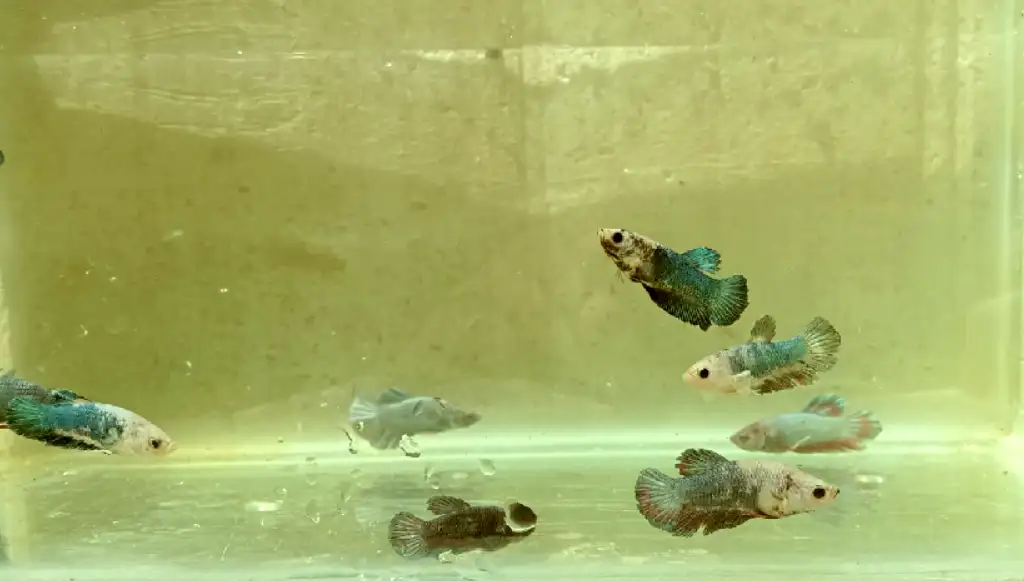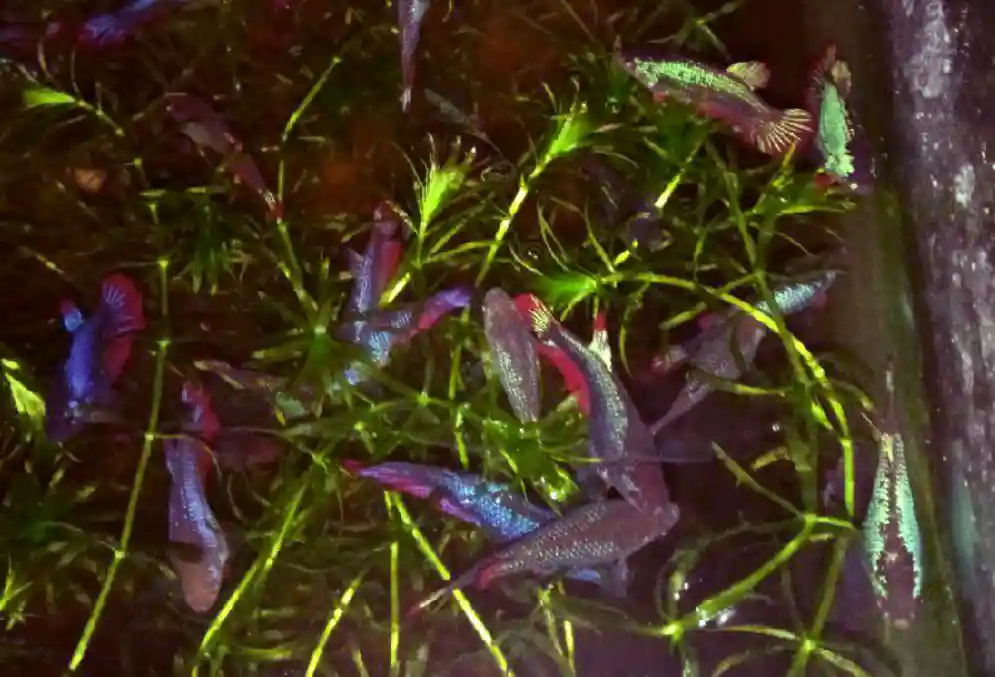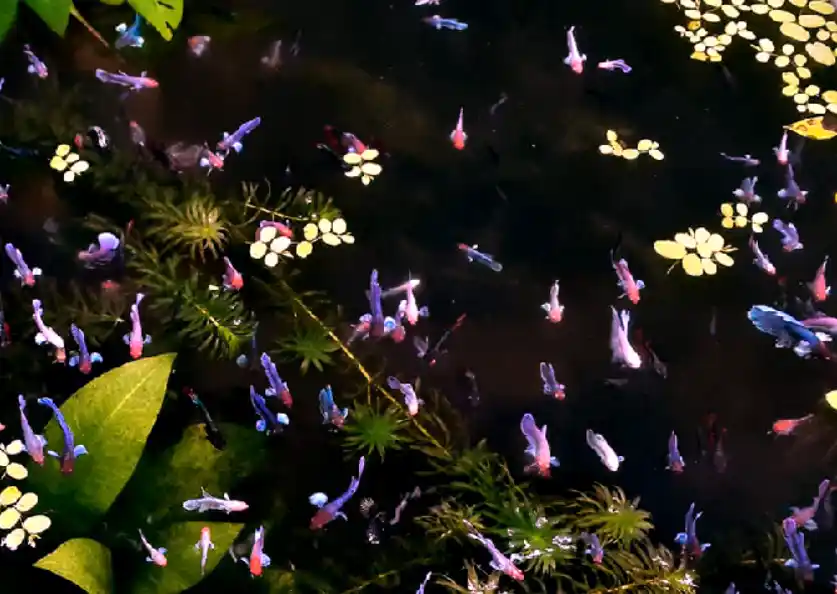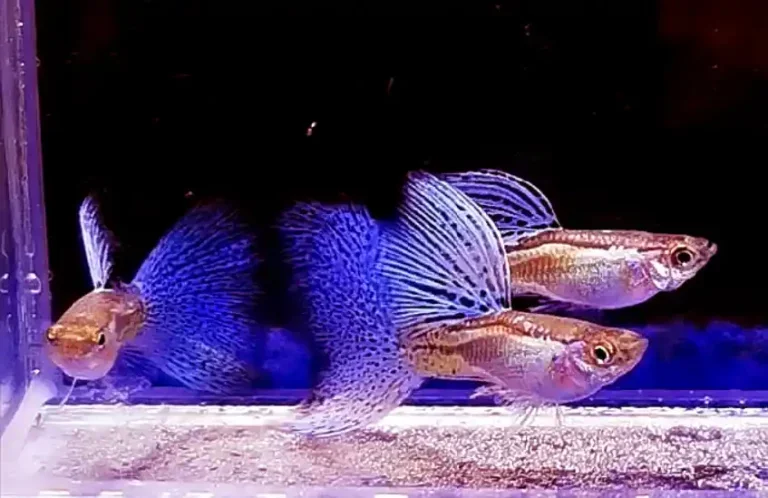How to change water for betta fry?
Betta fry needs proper care while changing the water. Tiny size may cause a problem during the process.
How to change water for betta fry? Start with removing the dirt and waste lying at the bottom of the tank. Use the oxygen pipe to pull the dirt out of the water. After that, you can add water to the tank.

Table of Contents
- Should I change the water for betta fry?
- How often should you change betta fry water?
- How to add Methylene blue for betta fry?
- When to change the water in the betta fry tank?
Should I change the water for betta fry?
Yes. Water change is a mandatory procedure to keep the aquarium safe for the betta fry fish. Growing waste product occupies the bottom layer of the fish tank. The waste product will produce ammonia and nitrogen chemicals as the days pass.
Betta fry fish cannot tolerate the chemical development; as a result, you will see fish dying slowly.
Water change prevents the development of waste products. Use the hose to suck out the waste product from the aquarium.
Do it carefully, as the hose can also suck the tiny fish swimming around the suction pump. It may harm the fish if they get to pass through the pipe.
Once you remove all the dirt and dust particles from the water, pour the water aside for replacement. Remember, do not add tap water directly to the aquarium. The regular water supply consists of a high amount of calcium.
These chemicals are used to clean the water. But the water with these substances is harmful to the fish. Too much calcium in the water will harm the fish, causing them to die within a few hours of water replacement.
tiny fish tank
How often should you change betta fry water?
The water change in the betta fry tank should be performed every week. Twice a week is recommended as the water quickly gets dirty because betta fish fry may develop a significant amount of waste product.
Perform the water change when the fry is two weeks old. In some cases, water change should be done daily because the number of fish in the tank would not be able to maintain the water quality at the desired level.

Also, the food served to the fish fry reaches the bottom of the tank making the water contaminated.
As the waste products pile up in the aquarium, slowly, it starts producing ammonia. Growing chemicals slowdowns the growth of the fish. Also, water condition changes more often.
The development of ammonia also causes the temperature to rise. As the aquarium becomes hostile to the betta fish fry, you will notice the sudden death of the fry. Water is an essential substance for fish. When things go wrong in the aquarium, the fish become vulnerable to diseases.
Maintain the water quality to a suitable condition. Whenever you see the waste product development at the bottom of the tank, remove it before changing the water. It supports the faster growth of the betta fish fry.
Do not pour the water directly. Slowly pass through the small pipe at the bottom of the tank, so the water current does not get disturbed.
Precaution you should take while changing the water in the betta fish fry aquarium.
- Keep the needed water aside for a few days. It would be best if you did not pour the fresh water collected from the tap.
- Once the water is ready, start cleaning the waste product lying at the bottom of the tank. Clean it carefully to ensure the fish are not trapped inside the pipe.
- Once that is done, pour the water you have placed aside slowly. Use the jar or pipe to reverse the water into the fish tank.
- Perform the 25% water change every week.
- Reduce the flow of the filtration to avoid stressing the betta fry.
How to add Methylene blue for betta fry?
Methylene blue in the betta fish fry aquarium should be provided per the manufacturer’s instruction. Generally, adding one drop per 1 gallon of water in the aquarium is recommended.

You should perform the 25% water changes twice a week. Water change is a vital process and cannot be ignored.
Water replacement avoids the carbon development in the tank. The more carbon in the tank, the more health is compromised for the fish. Every Methylene blue bottle provides instruction on using the dosses in the tank.
Additionally, the substance is used when dealing with the egg fungal. It prevents the fungal from developing, allowing the betta fish to lay more eggs and protect them from harmful bacteria. Continue the treatment for about two to three days when the fish is free-swimming.
Methylene blue powder for fry
The concentrated powdered dosing needs special attention because it is challenging to measure. Before using it, shake the bottle gently to mix the ingredient inside the bottle.
Now, open the bottom and take one teaspoon of powder doses. The one teaspoon is sufficient for 10 gallons.
Remember to perform 25% water changes every three to five days to remove the carbon development.
Maintain the water to the needed requirement. Observe the effect of the substance on the fish to avoid any negative impact on the betta fish fry.
Too much of a chemical could harm their immune system. As a result, they will become vulnerable to various diseases. In comparison, maintain the water temperature, chemical level, and pH level to avoid bad circumstances.
When to change the water in the betta fry tank?
Betta fry will require daily water changes when they are young. That is because freshwater brings more nutrition to the water, helping the betta fry to grow faster.

Also, it contributes to good health development. Even if the water quality appears promising in the tank, perform the regular water change and keep the water suitable for the fish.
Gradually increase, the water level change as sometimes the fish need time to adjust. A sudden water change will stress the betta fish fry, causing health issues.
Stress and anxiety development is the standard-issue detected in the fish. If you have kept the betta fry in a shallow container, you still need to conduct a water change. Adding fresh water to the container will boost the betta fish fry activities. It will support sustainable growth.
Related Articles :-
https://www.tinyfishtank.com/what-is-betta-with-a-prolapsed-rectum/
https://www.tinyfishtank.com/do-color-changing-lights-bother-betta-fish/
https://www.tinyfishtank.com/betta-fish-keep-jumping-out-of-the-tank/
https://www.tinyfishtank.com/can-betta-fish-live-in-hard-water/
https://archive.mcpherson.edu/wp-content/uploads/2021/01/2020281619-OramC.pdf
https://pubs.rsc.org/en/content/articlelanding/2014/ra/c4ra00756e/unauth







